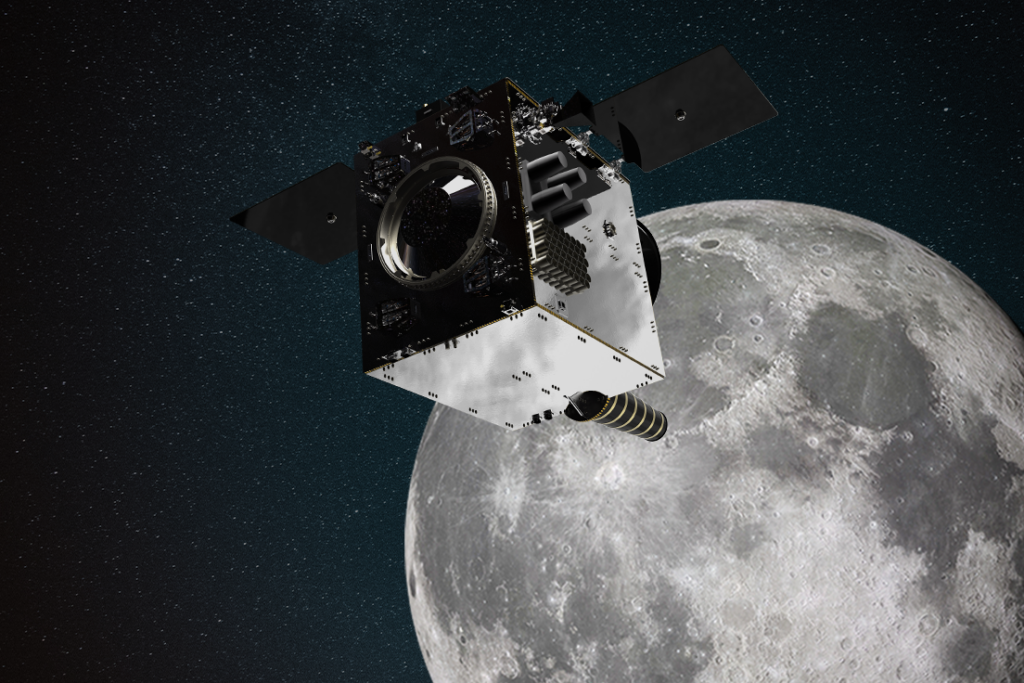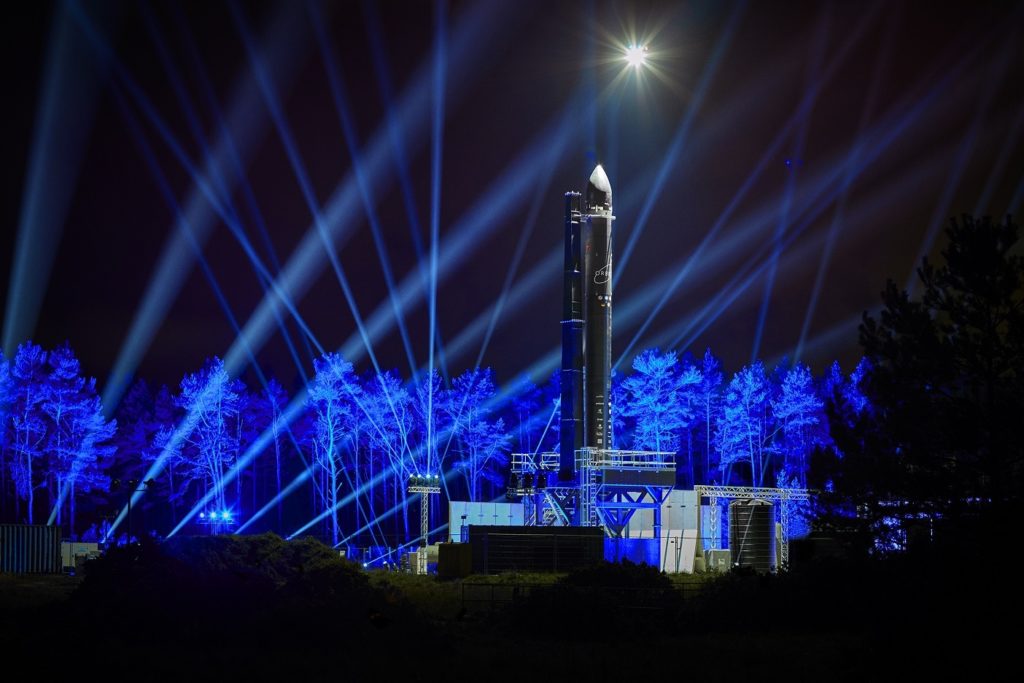GrantTree R&D technical consultant Dr Chris Brown spotlights six SpaceTech companies propelling the British tech industry into the final frontier.
Since the dawn of human consciousness, our precocious species has yearned to explore the vast, glittering reaches of space. To explain its workings with fables of omniscient creatures, to master its boundless possibilities, to better understand our small, fragile place among the stars.
We owe much of our more modern appreciation of the cosmos to the illustrious work of space agencies like NASA and ESA. More recently, those vaunted institutions have been joined by pioneering enterprises like Elon Musk’s SpaceX and Jeff Bezos’ Blue Origin, which are starting to make space tourism a reality, albeit, for most of us, a prohibitively expensive one.
But while these endeavours deservedly hoover up a Saturn V-size share of awe and accolades, we in the UK tech industry mustn’t forget to celebrate the many fantastic SpaceTech businesses we have right here in the UK.
These companies are not only making substantive contributions to science – having interacted with some of these businesses during my PhD, I can vouch for their influence personally – they are also helping to further the country’s £15 billion space engineering industry, which now supports more than 40,000 jobs nationwide.
Here are several examples of businesses doing impactful and exciting work in this diverse sector.
Surrey Satellite Technology Ltd
Surrey Satellite Technology Ltd, or SSTL, has been building satellites for almost 40 years, making it one of the UK’s oldest space technology success stories.
The company initially started as a spin-out from Surrey University. A team of researchers decided they would try to build a space-worthy orbital system from off-the-shelf parts. This was during the 1970s, when satellites had to be made from custom-built components, making them extremely expensive and completely out of reach for any private company without a lucrative government contract.
Thankfully, the University’s team, led by SSTL’s future founder and executive chairman, Martin Sweeting, succeeded in their mission. Their debut creation, UoSat-1, was launched into orbit with the help of NASA, making it the first modern, reprogrammable satellite. It stayed operational for eight years, five more than originally planned. More importantly, UoSat-1 proved that it was possible to build small, functional systems for a fraction of the price of traditional satellites. This revolutionised the industry and brought forth a new era in global communications.
From this work, SSTL was formed. In the 40 years since, the company has seen more than 70 of its satellites launched into orbit – one of which has been operating for more than three decades – and achieved more than 500 satellite years in orbit.

STAR-Dundee
Scotland-based STAR-Dundee supplies some of the world’s largest space agencies with data processing technologies for their extraterrestrial vehicles through two signature product ranges: SpaceWire and SpaceFibre.
SpaceWire connects the various instruments and computer processing systems onboard a spacecraft into a single, high-performance data-handling network.
The system is currently being used by numerous missions, including NASA’s Swift programme, which monitors gamma-ray bursts. Swift uses SpaceWire to connect its cameras and communications equipment to its Command and Data Handling Computer.
SpaceFibre, meanwhile, improves the capabilities of SpaceWire by upgrading the rate of data transmission, enhancing the radiation tolerance of equipment and reducing cable mass; solar radiation and weight being two major considerations when constructing spacefaring systems.
Orbex
Orbex is one of Europe’s leading private launch services companies.
Orbex boasts one of the most sustainable and cost-effective delivery systems on the planet, thanks to what it calls a complete re-think of the orbital launch vehicle. Instead of traditional rocket fuel, Orbex utilises bio-propane, which produces 90% less carbon emissions. For its rocket’s structure and fuel tanks, Orbex uses carbon fibre and graphene composites, reducing the system’s weight and fuel requirements.
Perhaps most impressively, this leading launch provider employs the world’s largest 3D printed rocket engine that is “uniquely manufactured from a single piece” and has no joints. Orbex developed the engine in partnership with additive manufacturer SLM Solutions.
Orbex was recently awarded a multi-million-pound grant to develop Space Hub Sutherland, a new launch facility in the Scottish Highlights that will support up to 12 missions a year. Highlands and Islands Enterprise, the area’s economic and community development agency, expects this facility to be completed in the early 2020s.
On 12 May 2022, Orbex unveiled the final version of its re-useable Prime rocket, which will be launched from the Sutherland Space Hub. The rocket could be operational later this year.

Bright Ascension
The demand for bespoke, low-cost, rapid-development CubeSat missions has never been higher. To keep pace with booming demand, engineers are under increasing pressure to build, test, launch and monitor satellites faster and cheaper than ever before. This is no mean feat, given how complex and high-stakes developing spacecraft can be.
Thankfully, strained engineering companies have a capable ally: Bright Ascension, a UK-based business that has developed several off-the-shelf software packages to help engineering firms design, organise, and execute satellite missions efficiently and cost-effectively.
Bright Ascension offers two primary packages: its Flight Software Development Kit, FSDK, and its Mission Control Software, MCS.
The FSDK allows CubeSat engineers to rapidly compile flight software for a wide range of spacecraft with parameters specific to each mission. FSDK is also an ‘open system’, meaning it can work with a wide range of different hardware and components. This flexibility helps engineers decrease manufacturing time, reduce mission risk, and increase scalability.
The MCS, meanwhile, provides customers with simple satellite monitoring and control capabilities during mission development and flight. Through features like telemetry visualisation, download/uplink handling, and condition notification, MCS gives users far greater visibility over their operations, allowing them to spot and mitigate problems sooner.
Both solutions are based on GenerationOne, a framework developed by Bright Ascension that captures and documents software architecture so that it can be used across all elements of the company’s software systems, from development to operation.
Seradata
Seradata maintains one of the world’s leading launch, satellite, and space market analysis systems. Dubbed SpaceTrak – not to be confused with the space-track.org platform maintained by US Space Command – this powerful solution offers consistent, authoritative information on every orbital launch, suborbital launch and satellite mission since the voyage of Sputnik in 1957.
The main benefit of SpaceTrak is that it equips private companies and national space agencies with what the US military calls ‘Space Domain Awareness’. This essentially means the ability to monitor, regulate and evade the ever-growing population of spacecraft and debris cluttering earth’s orbit.
Given the distance and relative inaccessibility of space, damage from debris can cost companies dearly, and render an expensive asset partially and completely inoperable with no possibility of repair.
The SpaceTrak system facilitates SDA by providing organisations with a range of reliable data, including objects of interest, satellite ‘Patterns of Life’, and frequency ranges occupied by different spacecraft.
Your Monthly Innovation Update
Earth-i
Earth-i specialises in acquiring, processing and delivering high-resolution data sourced from multiple constellations of Earth Observation (EO) satellites. This includes Earth-i’s own collection of satellites, the Vivid-i constellation, comprising 15 spacecraft.
Using this process, the company’s EO specialists and geospatial analysts can identify and generate predictive analytics on “objects, activity and change anywhere on the Earth’s surface”.
Earth-i calls this incredibly powerful offering ‘geospatial intelligence’, and it has profound implications for a wide variety of sectors and industries, from agriculture to zoology.
In farming, for instance, Earth-i’s insights can help large-scale growers to manage crop production and maximise yields. In the disaster response space, earth observation telemetry can act as an early warning system that can aid emergency planning, preparedness efforts and restoration efforts.
GrantTree makes innovation easier by connecting your business with R&D Tax Relief, innovation grants and other forms of funding. Contact us to learn what we can do for you.






